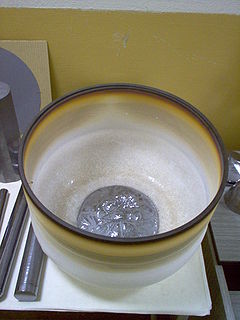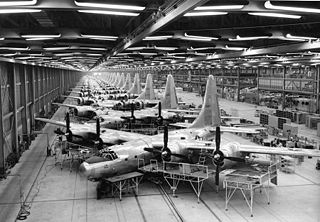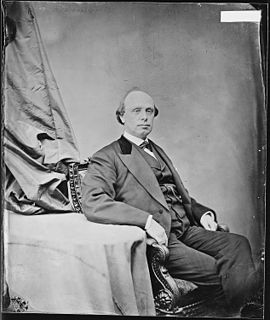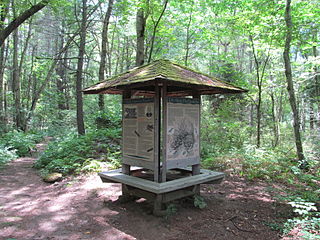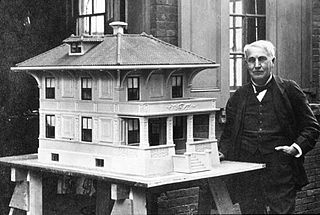Joseph Dixon (1799–1869) was an inventor, entrepreneur and the founder of what became the Dixon Ticonderoga Company, a well-known manufacturer of pencils in the United States.
An inventor is a person who creates or discovers a new method, form, device or other useful means that becomes known as an invention. The word inventor comes from the Latin verb invenire, invent-, to find. The system of patents was established to encourage inventors by granting limited-term, limited monopoly on inventions determined to be sufficiently novel, non-obvious, and useful. Although inventing is closely associated with science and engineering, inventors are not necessarily engineers nor scientists.

The United States of America (USA), commonly known as the United States or America, is a country composed of 50 states, a federal district, five major self-governing territories, and various possessions. At 3.8 million square miles, the United States is the world's third or fourth largest country by total area and is slightly smaller than the entire continent of Europe's 3.9 million square miles. With a population of over 327 million people, the U.S. is the third most populous country. The capital is Washington, D.C., and the largest city by population is New York City. Forty-eight states and the capital's federal district are contiguous in North America between Canada and Mexico. The State of Alaska is in the northwest corner of North America, bordered by Canada to the east and across the Bering Strait from Russia to the west. The State of Hawaii is an archipelago in the mid-Pacific Ocean. The U.S. territories are scattered about the Pacific Ocean and the Caribbean Sea, stretching across nine official time zones. The extremely diverse geography, climate, and wildlife of the United States make it one of the world's 17 megadiverse countries.
Contents
His fascination with new technologies led to many innovations such as a mirror for a camera that was the forerunner of the viewfinder, a patented double-crank steam engine, and a method of printing banknotes to thwart counterfeiters. Most notably, Dixon manufactured the first wood and graphite pencil in the country.

In photography, a viewfinder is what the photographer looks through to compose, and, in many cases, to focus the picture. Most viewfinders are separate, and suffer parallax, while the single-lens reflex camera lets the viewfinder use the main optical system. Viewfinders are used in many cameras of different types: still and movie, film, analog and digital. A zoom camera usually zooms its finder in sync with its lens, one exception being rangefinder cameras.

A steam engine is a heat engine that performs mechanical work using steam as its working fluid. The steam engine uses the force produced by steam pressure to push a piston back and forth inside a cylinder. This pushing force is transformed, by a connecting rod and flywheel, into rotational force for work. The term "steam engine" is generally applied only to reciprocating engines as just described, not to the steam turbine.
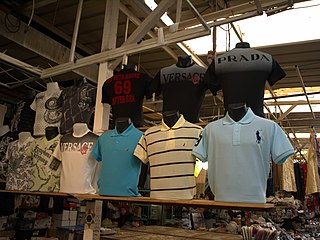
To counterfeit means to imitate something authentic, with the intent to steal, destroy, or replace the original, for use in illegal transactions, or otherwise to deceive individuals into believing that the fake is of equal or greater value than the real thing. Counterfeit products are fakes or unauthorized replicas of the real product. Counterfeit products are often produced with the intent to take advantage of the superior value of the imitated product. The word counterfeit frequently describes both the forgeries of currency and documents, as well as the imitations of items such as clothing, handbags, shoes, pharmaceuticals, aviation and automobile parts, watches, electronics, software, works of art, toys, and movies.
Among his associates were such American inventors as Robert Fulton, Samuel Morse, and Alexander Graham Bell, and politician/business partner Orestes Cleveland.

Robert Fulton was an American engineer and inventor who is widely credited with developing a commercially successful steamboat; the first was called The North River Steamboat. In 1807 that steamboat traveled on the Hudson River with passengers, from New York City to Albany and back again, a round trip of 300 miles, in 62 hours. The success of his steamboat changed river traffic and trade on major American rivers.

Samuel Finley Breese Morse, OIC was an American painter and inventor. After having established his reputation as a portrait painter, in his middle age Morse contributed to the invention of a single-wire telegraph system based on European telegraphs. He was a co-developer of the Morse code and helped to develop the commercial use of telegraphy.

Alexander Graham Bell was a Scottish-born scientist, inventor, engineer, and innovator who is credited with inventing and patenting the first practical telephone. He also founded the American Telephone and Telegraph Company (AT&T) in 1885.




